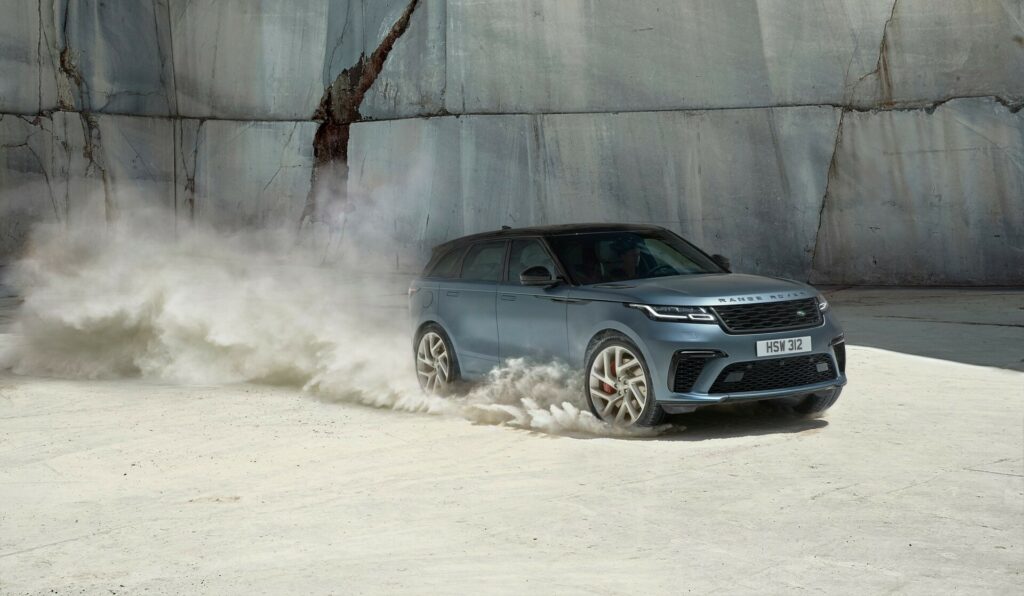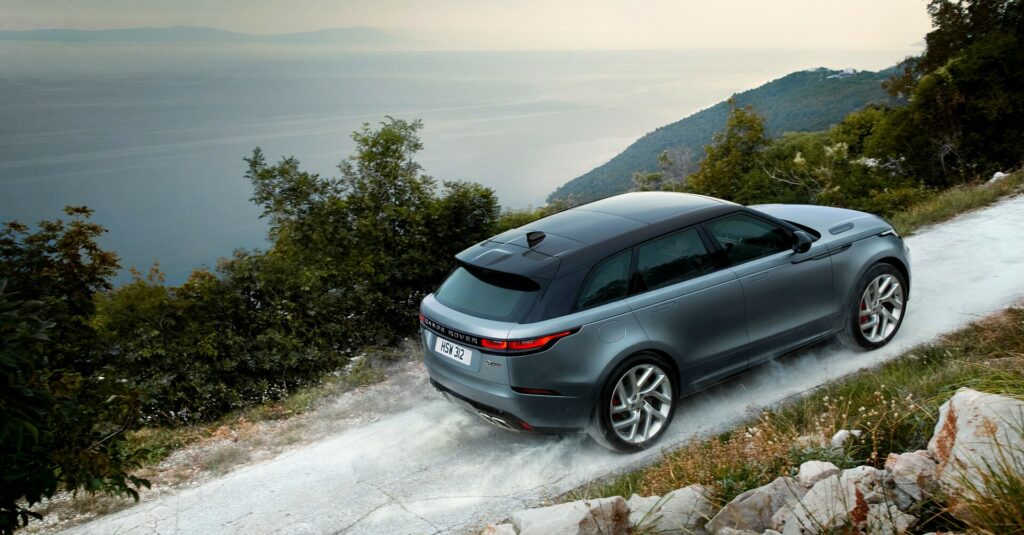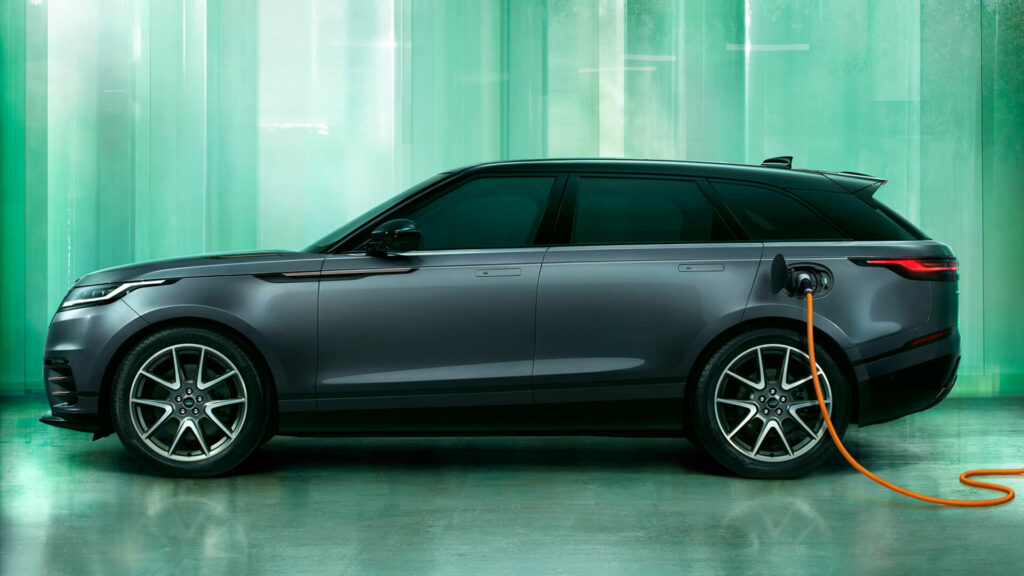Last month, Jaguar Land Rover announced plans to accelerate their electrification plan and transform their Halewood plant into an all-electric production facility. The automaker also revealed their next-generation “medium-size SUV architecture, electrified modular architecture (EMA), will now be pure-electric.”
While the company didn’t go into many specifics at the time, Autocar is reporting the Velar will be reborn as an electric vehicle that will rival the upcoming Porsche Macan EV. The publication says it will be the first electric Land Rover built at Halewood and will eventually be followed by electric successors to the Evoque and Discovery Sport.
The Velar EV will reportedly go into production before 2025 and offer “vastly improved endurance, performance and practicality.” Specifics are lacking, but the publication noted the current model has been a slow seller.
More: 2024 Range Rover Velar Gains Mild Visual Updates, New Interior, And Improved PHEV

That’s certainly the case as the crossover is being beaten by everything in the Land Rover lineup except the aging Discovery. However, the Velar still managed to outsell every Jaguar besides the F-Pace.
Getting back to JLR’s transformation, the company aims to reposition itself as an “electric-first, modern luxury carmaker by 2030.” As part of this effort, an electric Range Rover will go up for order later this year. Jaguar is also being reinvented as three all-new models are on the horizon.
The first of which will be a “4-door GT” that starts at £100,000 ($123,920), has up to 430 miles (700 km) of range, and is the most powerful Jaguar in history. Additional details will be released later this year and deliveries are slated to begin in 2025.
While EVs are front and center, the automaker isn’t putting all their eggs in one basket as they’ll “retain” the modular longitudinal architecture (MLA) that underpins the Range Rover and Range Rover Sport. It’s highly flexible and can accommodate electric, hybrid, and ICE powertrains. The company has said this will enable them to “meet the needs of different markets around the world, that are moving at different speeds towards net zero carbon targets.”





